Mario
I'll Lock Up
- Messages
- 4,664
- Location
- Little Istanbul, Berlin, Germany
My thoughts exactly. The photo could have been taken from the Thugs Like Us book.
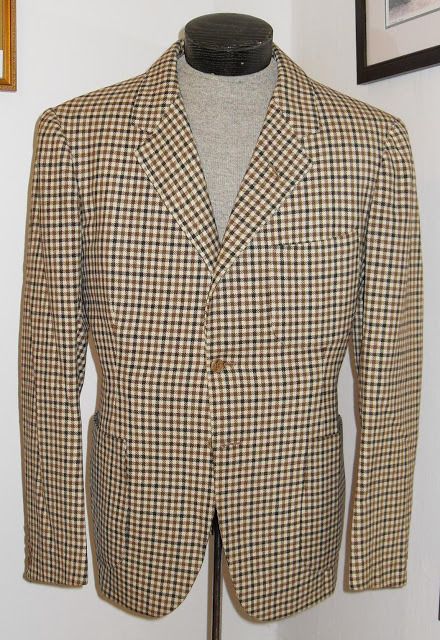
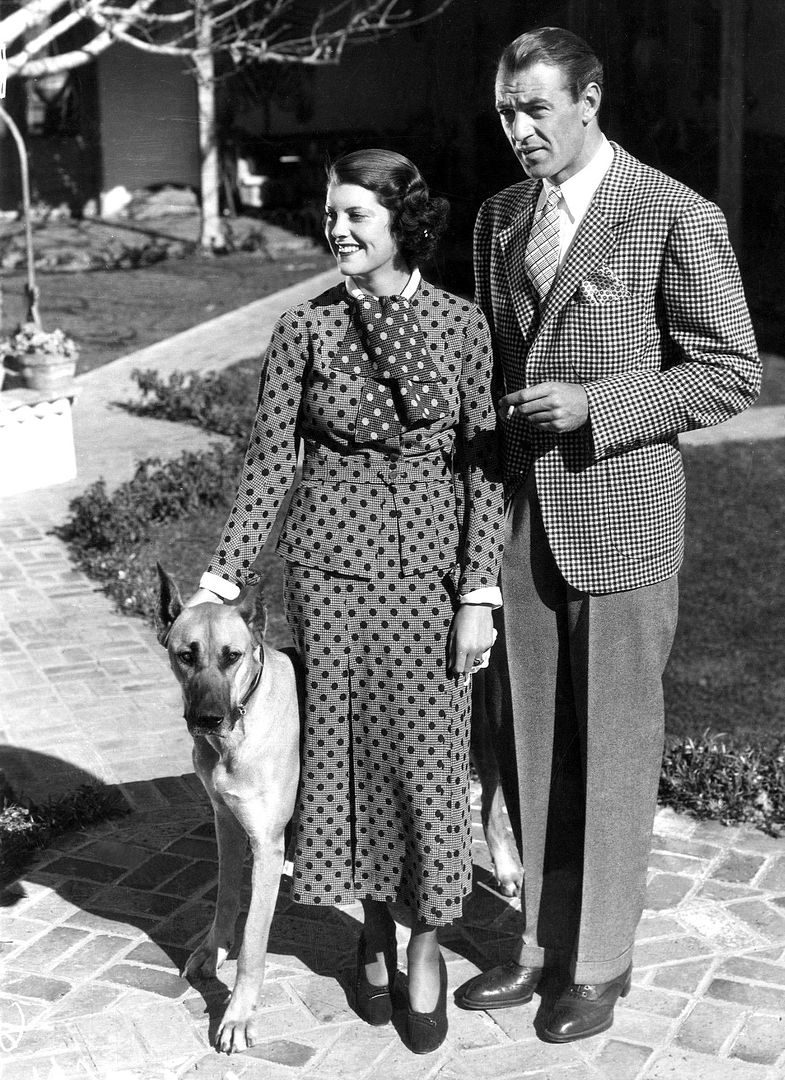


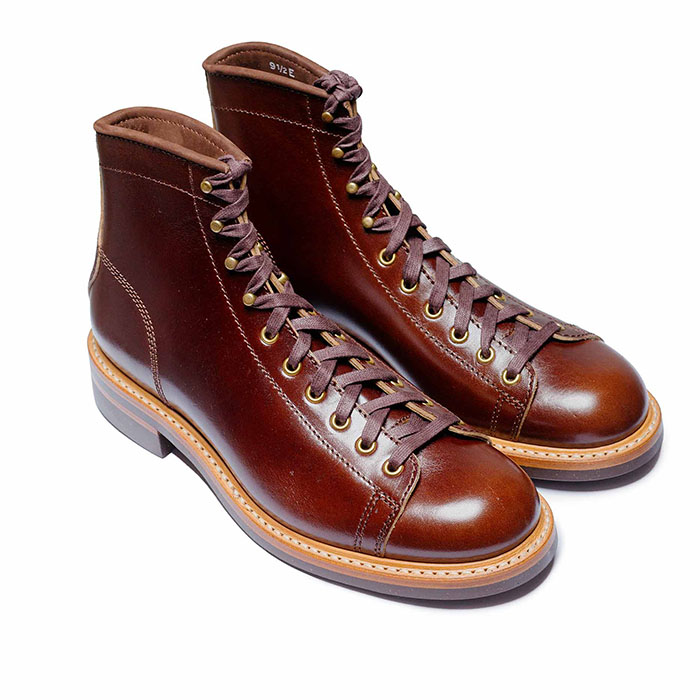 John Lofgren Monkey Boots Shinki Horsebuttt - $1,136 The classic monkey boot silhouette in an incredibly rich Shinki russet horse leather.
John Lofgren Monkey Boots Shinki Horsebuttt - $1,136 The classic monkey boot silhouette in an incredibly rich Shinki russet horse leather. 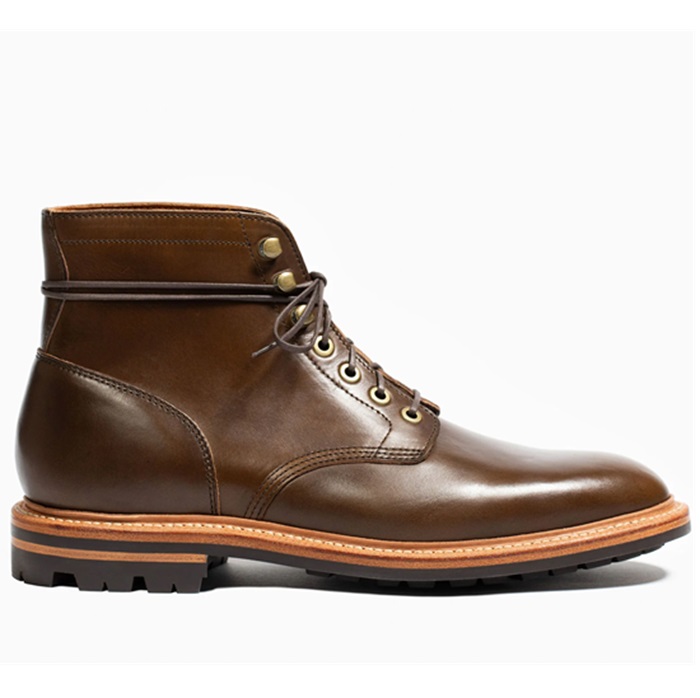 Grant Stone Diesel Boot Dark Olive Chromexcel - $395 Goodyear welted, Horween Chromexcel, classic good looks.
Grant Stone Diesel Boot Dark Olive Chromexcel - $395 Goodyear welted, Horween Chromexcel, classic good looks. 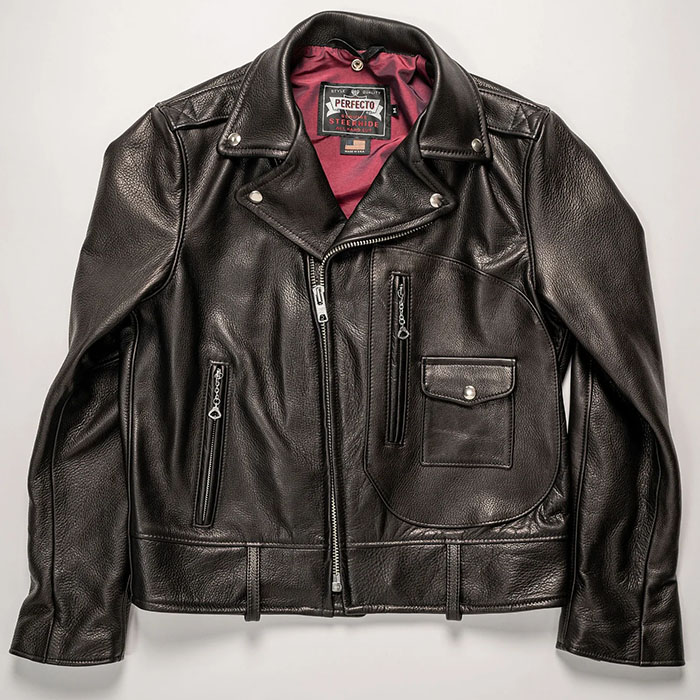 Schott 568 Vandals Jacket - $1,250 The classic Perfecto motorcycle jacket, in a very special limited-edition Schott double rider style.
Schott 568 Vandals Jacket - $1,250 The classic Perfecto motorcycle jacket, in a very special limited-edition Schott double rider style. Don't you think this guy has a 60s haircut? He looks like a stasi spy.



I am intrigued by all these old photographs. It is possibly worth noting that up until WW2 it was feasible to identify a man's nationality, ,more or less, by the appearance of his clothes. In films and books of the period one comes across detectives guessing whether a man was from Britain or the continent by looking at his suit and hat. As late as 1981, when I first had a suit made, I was asked about preferring the American or European cut. This has probably changed, and I would hazard a guess that Romanians and Germans today, at least those under the age of about 70, probably look like Americans and Englishmen. What do other Loungers think?